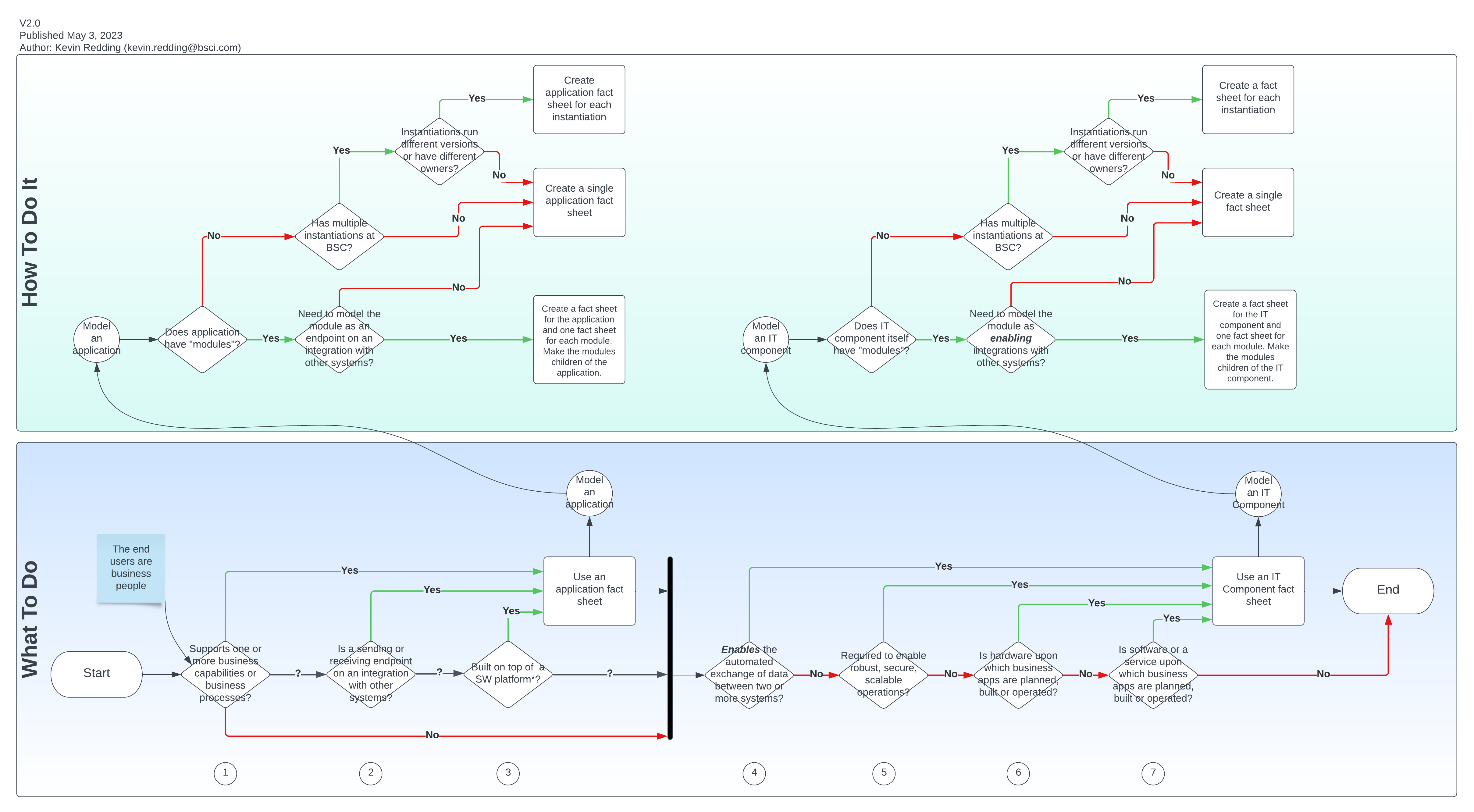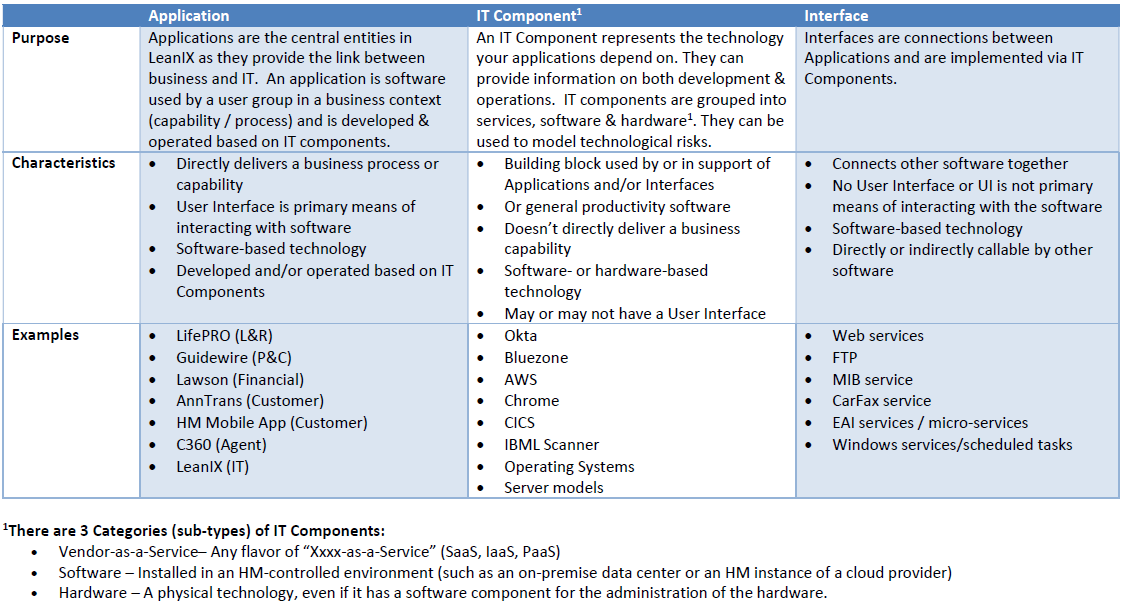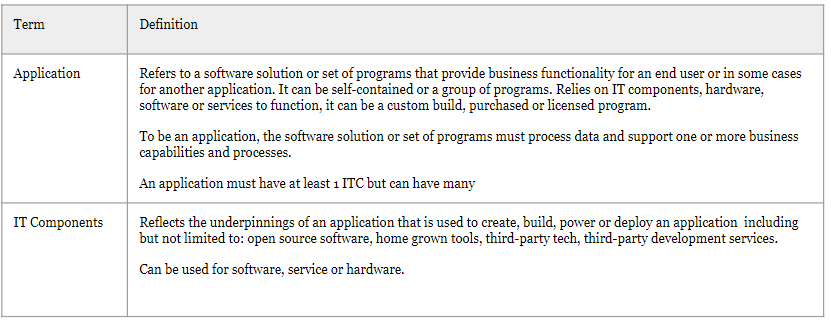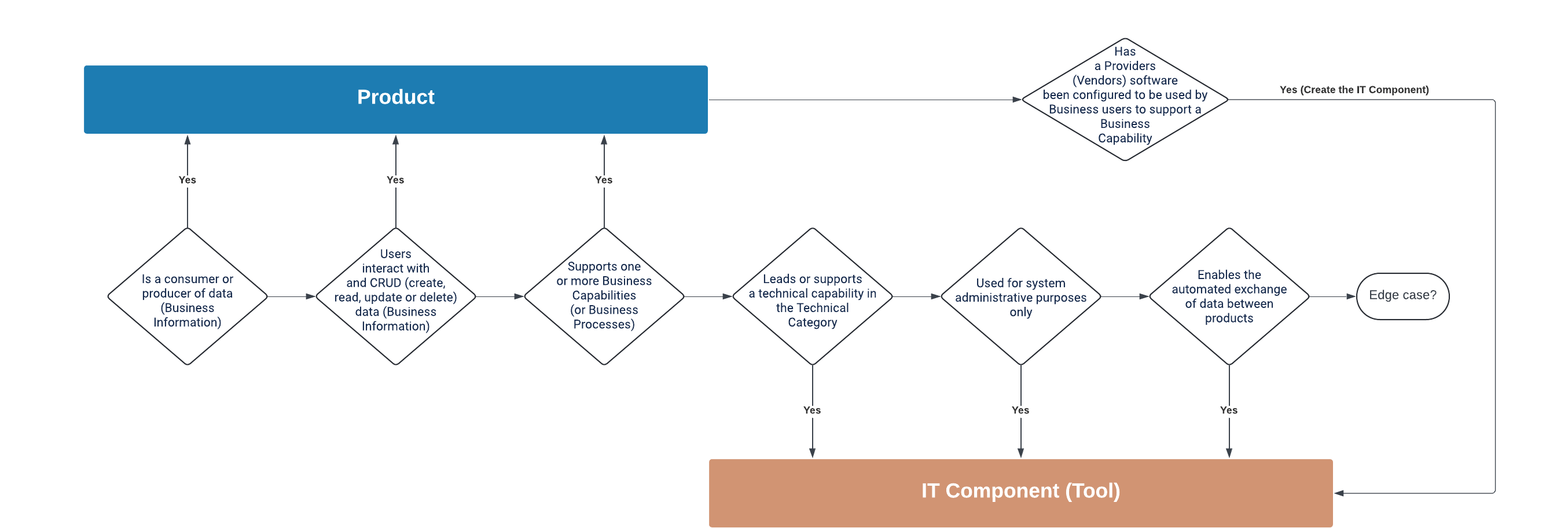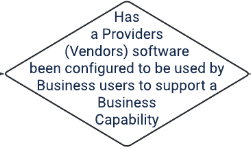The topic was brought up and discussed in the old online community in this post (at least) and at the recent LeanIX Community Event in Boston. The LeanIX docs address the topic and there are videos that discuss the topic as well. I still feel like this is still a very gray area though. How do your organizations differentiate applications from IT components? At the Boston event, one of our colleagues shared his company’s documented definition of an application. it was insightful. Do other companies have definitions that they would be willing to share? At Boston Scientific, we use a decision tree to answer the question whether the architect should use an application fact sheet, an IT component fact sheet, or both. I can share that with this group if this topic gets some momentum.
Login to the community
No account yet? Create an account
Enter your E-mail address. We'll send you an e-mail with instructions to reset your password.



